
TARGET 160615
FROM HEMP TO HIGH FASHION - BY HAND
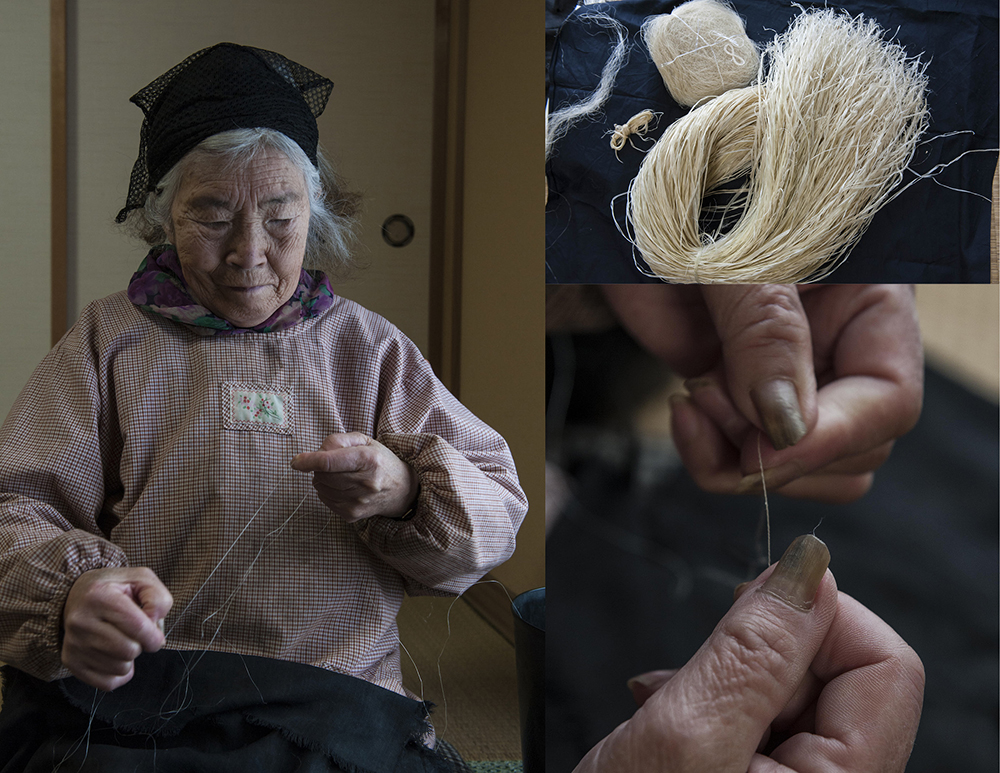
Say "hemp" to someone outside Japan and their first thought might be somehow drug related. But in Ojiya City, Nigata Prefecture, Japan, it has a totally different connotation - a year's worth of work by hand and the highest respect of an entire nation.
Every year the hemp plants that grow there are harvested and the fibers pulled from them to make thread.
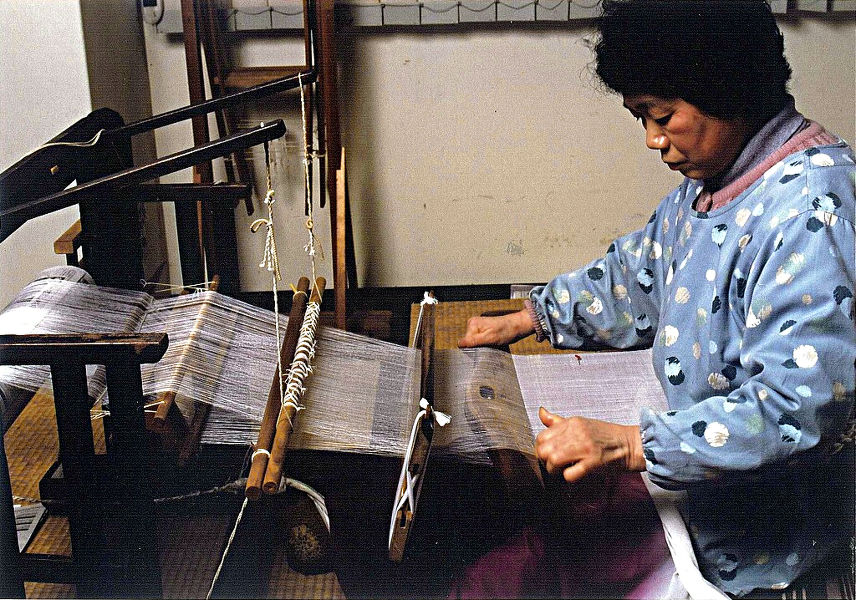
The short strands are tied together to make full skeens of thread which are then sent to be woven into fabric on hand operated looms.
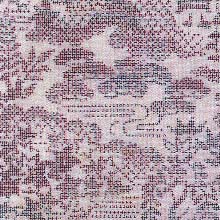
After it is made into fabric, it is then dyed or hand-painted to the final desired design. Yes. Hand-painted.

It is then subjected to soaking and repeated mashing in hot water and softening by foot - much like grapes are mashed to make wine in other countries.
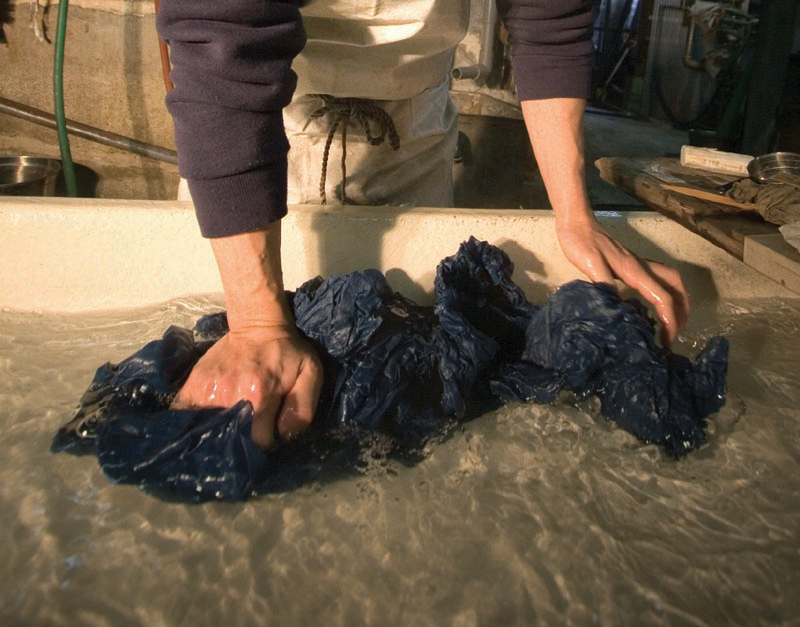
It is then soaked and wrung out many times, further softening and texturing the fabric.
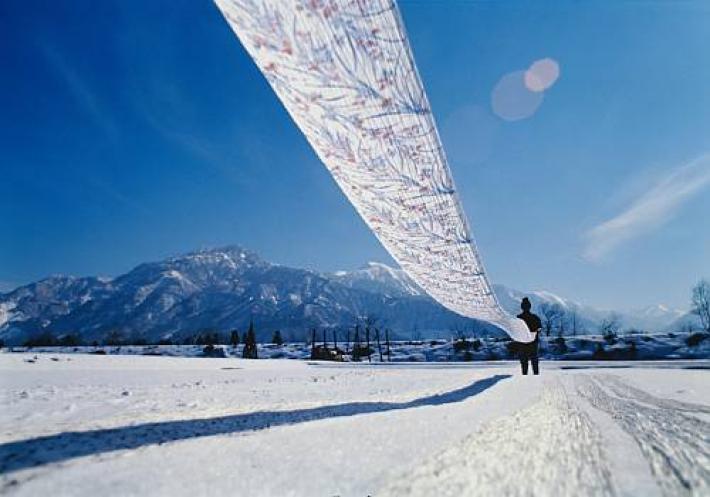
By this time, winter has fully set in and the long rolls of fabric are then spread out across fields of snow so the sun can set the colors in and lighten them to subtle shades and the snow can "wrinkle" the fabric into its final texture.
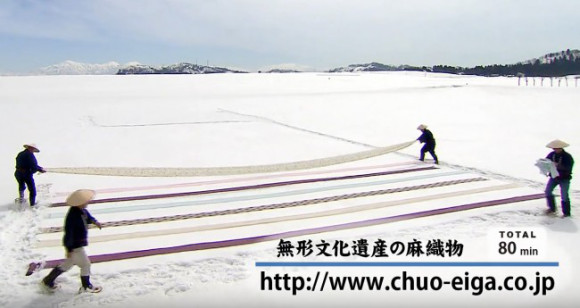
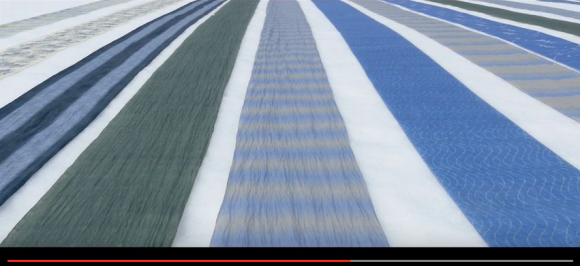
During this period, fields in the area look like beautiful outdoor art pieces, with long, colourful bolts of fabric standing out against the pure white snow.
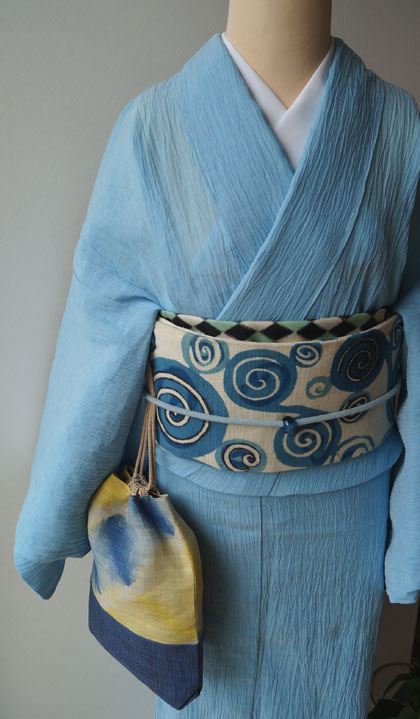
At the end of this process, the fabric is soft, extremely comfortable to wear, and is made into the most expensive and high-fashion kimonos that can be found anywhere. Kimonos made from Ojiya hemp are more prized than those made of pure silk. They are also said to be more comfortable. And did I mention that those that have designs are hand-painted?
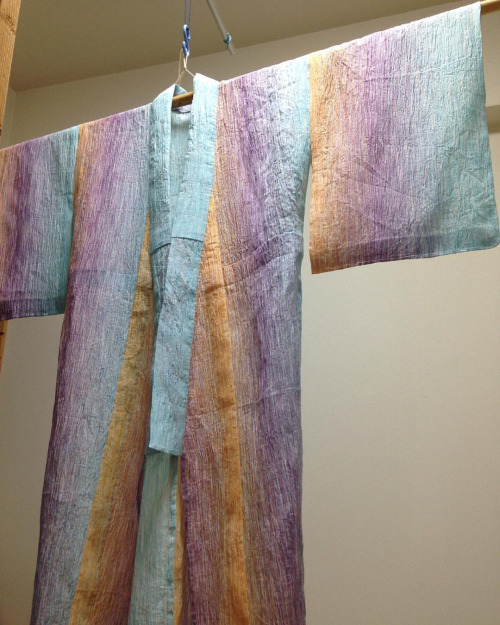

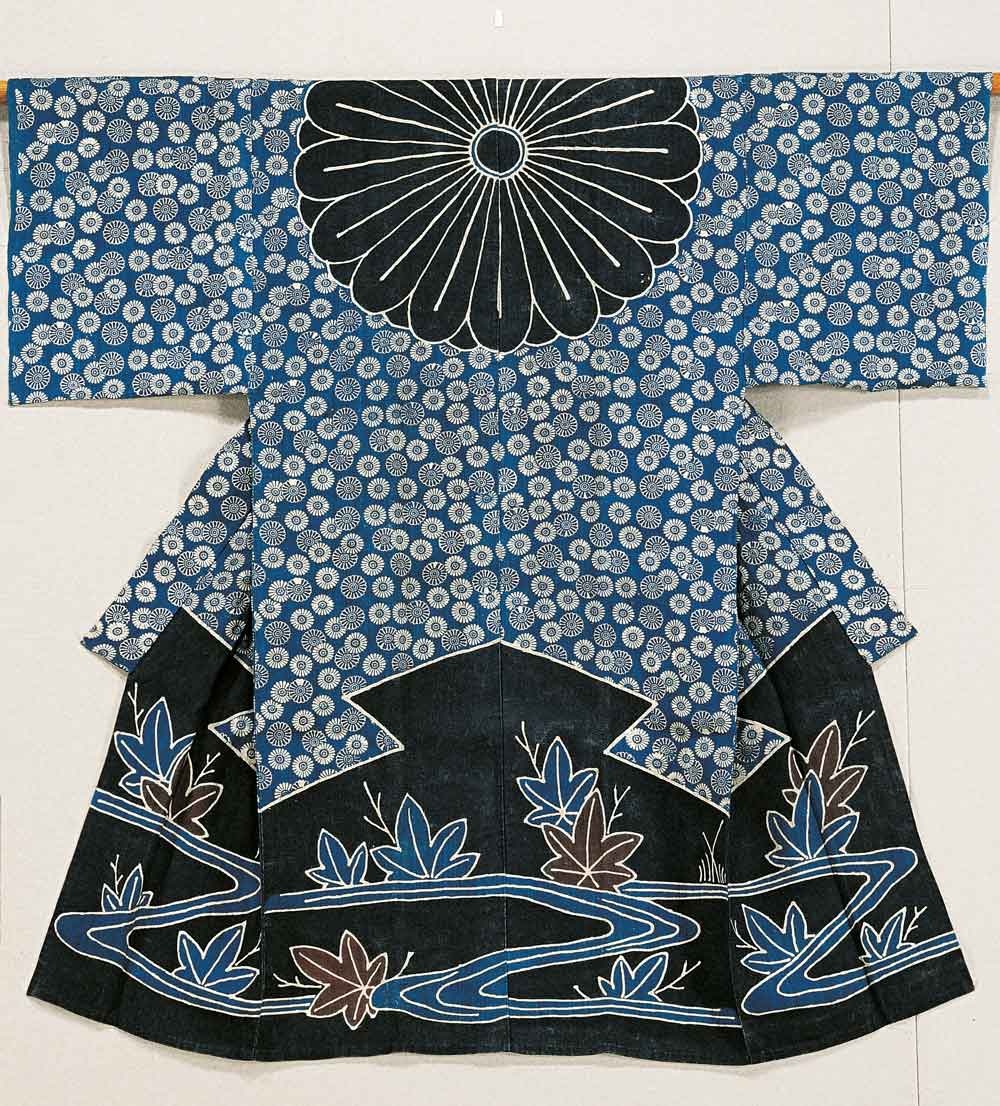
While the tradition has a history which stems back to the 17th century, the fabrics made using this process are still popular today, with the light, cool material often used in summer kimono, cushion covers, and bedding. The craft is a perfect display of harmony between nature and the community, as the fabric born in winter brings its cooling touch to the locals even in the heat of the warm summer months. (Quote from Rocket News 24 - link below.)
The quality of this cloth and the preservation of the hand-crafting that has been passed down through families since the 17th century has earned the Ojiya hemp weavers UNESCO "Intangible Cultural Heritage" status.FEEDBACK MAP

If you got impressions for which this feedback is insufficient, more information,
pictures and videos can be found at the following web sites:
Rocket News 24
Japan - the Official Guide web site
Kimono website
Short video (4 minutes 12 seconds) of the entire process.